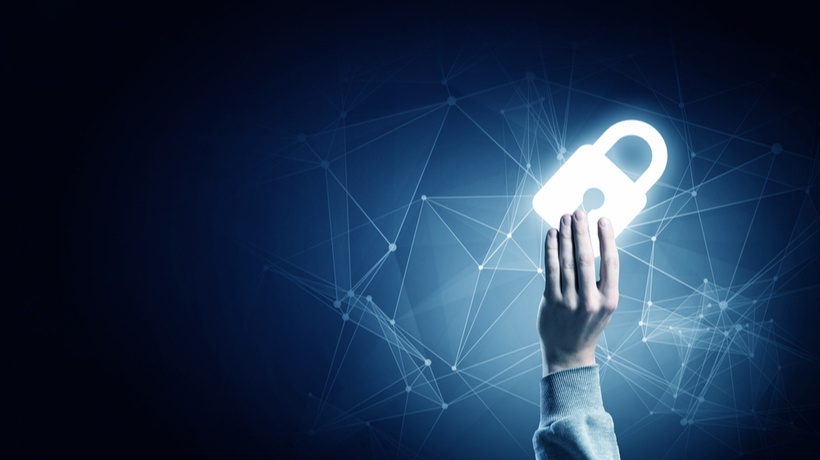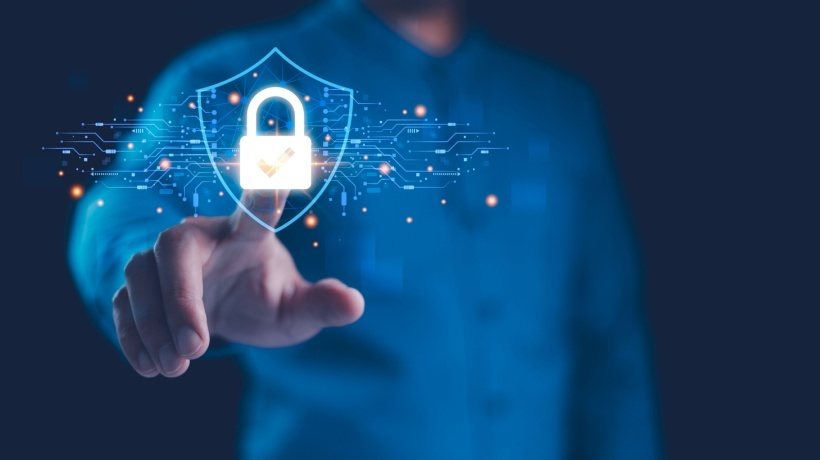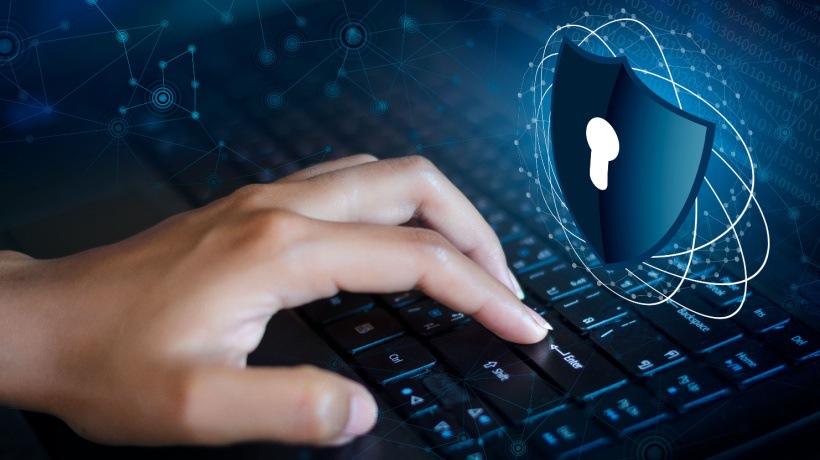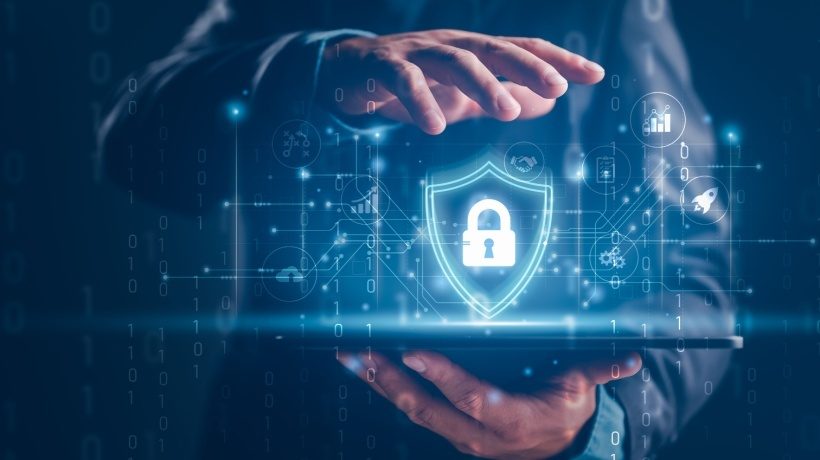Data Security In Online Learning
With the pandemic nearing no visible end, it is understood that educators, both in schools and colleges, will continue to rely on online learning. In the era of digitalization that we live in, cybersecurity incidences have reached unprecedented heights, and online learning needs to be secured from hackers.
In the prevailing circumstances, it becomes imperative for educators to take requisite steps to secure online data transmission in transit and at rest. This article aims to help academic instructors tighten their ships and ensure data integrity, content security, firm access control, and user identities authentication.
Tips For Securing Repository Of Personally Identifiable Information (PII)
School systems are generally at a greater risk for cybersecurity attacks such as man-in-the-middle attacks or ransomware attacks due to lax security measures. Research found that over 500 schools in the USA have been affected by ransomware attempts. Apply the principle of least privilege and restrict access to prevent sensitive data from falling into the hands of entities with malicious intent.
1. Secure Data In Transit
Ensure end-to-end encryption of data in transit with an SSL/TLS certificate. A Secure Socket Layer certificate refers to small digital files that encrypt plain text to be transmitted into ciphertext using public-key cryptography. SSL certificates are of three types, depending on the level of validation chosen.
- Domain Validation (DV) SSL certificate
The most used type of SSL certificate requires the least amount of paperwork and verifies only the domain authenticity. - Organization Validation (OV) SSL certificate
An OV certificate confirms your enterprise's identity and engenders trust amongst website visitors. It requires a greater degree of authentication than a DV certificate and a more extended period of up to 3 to 4 days for issuance. - Extended Validation (EV) SSL certificate
An EV SSL certificate shows that you have gone the extra mile to prove your firm's legitimacy and thereby ensure the highest level of trustworthiness. A CA (Certificate Authority) such as DigiCert vets all your information regarding your company’s legality, operational, and physical existence.
2. Securing Data At Rest
Educational institutions have a plethora of databases containing PII student information, such as grades, behavioral reports, and addresses that need to be secured from the attack of bad actors. Use SSL encryption to protect data at rest. If a hacker breaks into the database, chances of a data leak will be negligible if the information contained is well encrypted.
3. Use Two-Factor Authentication To Secure Third-Party Platforms
Are you wondering about the meaning of two-factor authentication? Let us help you with the basics. As you can pick up from the name itself, 2-FA is an improvisation over SFA or single-factor authentication. So, you thought that having a unique and hard to guess username or password was enough to secure your identity and access to the database? Well, we hate to be the harbinger of bad news, but in today’s avenue of hacker prowess, breaking into an SFA is akin to child’s play. Therefore, you need to add an extra layer of authentication such as a biometric factor (fingerprint or facial scan) to your third-party Learning Management System (Blackboard, Canvas, etc.).
4. Entrench Means For Preventing Disruption Of Online Conferencing Sessions
Many educational video-conferencing sessions on Zoom and other apps have been known to be interrupted by unsolicited members indulging in inappropriate behaviors in front of kids and learners. To weed out such uninvited members, you must employ frequent re-authentication measures, enact robust access controls, and implement role-based learning accounts to halt issues like “Zoombombing.”
Educational institutions are becoming increasingly aware of the security lacunae in video conferencing platforms. Recently, a DOE licensed version of Zoom has been developed by the New York City Department of Education. This licensed version prevents joinees from giving themselves a different name, restricts learners from sharing content, and prohibits private chats. These measures are essential to ensure only authorized user access to chatrooms/meetings and limit content sharing.
5. Protect Educational Institution Issued Devices
It is essential to exercise control over the devices used for acquiring knowledge by learners to implement a secure transmission of the course content and facilitate the smooth execution of the learning process. Technologies used by a school’s IT department, like Mobile Device Management (MDM), refer to smart security software that secures, monitors, and manages devices used by learners across many operating systems and devices, such as laptops, smartphones, tablets, etc. When coupled with Public Key Infrastructure (PKI) for authenticating identity, it offers an unbeatable secure platform for conducting online learning.
6. Protecting Confidential Documents
Preventing the mishandling and tampering with educational certificates, like diplomas, transcripts, or report cards, is as essential as securing online learning sessions. Digital Document Signing has facilitated the remote signing of documents from anywhere in the world in the current pandemic situation. When combined with the benefits of PKI, it offers an extra layer of security. A digital signature cannot be forged, unlike a scanned copy of a hand-written signature. They also come with no expiry date and are valid forever.
7. Securing Email From Phishing Attacks
Sending out malware-infested emails has been the hallmark of hackers trying to wreak havoc in the cyber world. Students are more susceptible to such phishing attacks. Hackers lock out the real students without any financial gain, just for the fun of it. It is imperative to install S/MIME certificates compliant with DMARC certificate to ensure data security in online learning on school devices.
Parting Shot
Change is never easy and adapting to online learning is not going to be a cakewalk for both instructors and learners. However, keeping in mind the current scenario, it seems like the only alternative to in-person training. With great challenges come great responsibilities, and ensuring data security in online learning environments is no different. With the tips mentioned above, you will provide the utmost data security levels and focus on things that need your attention, such as delivering on the intended course framework! Happy and safe learning!









